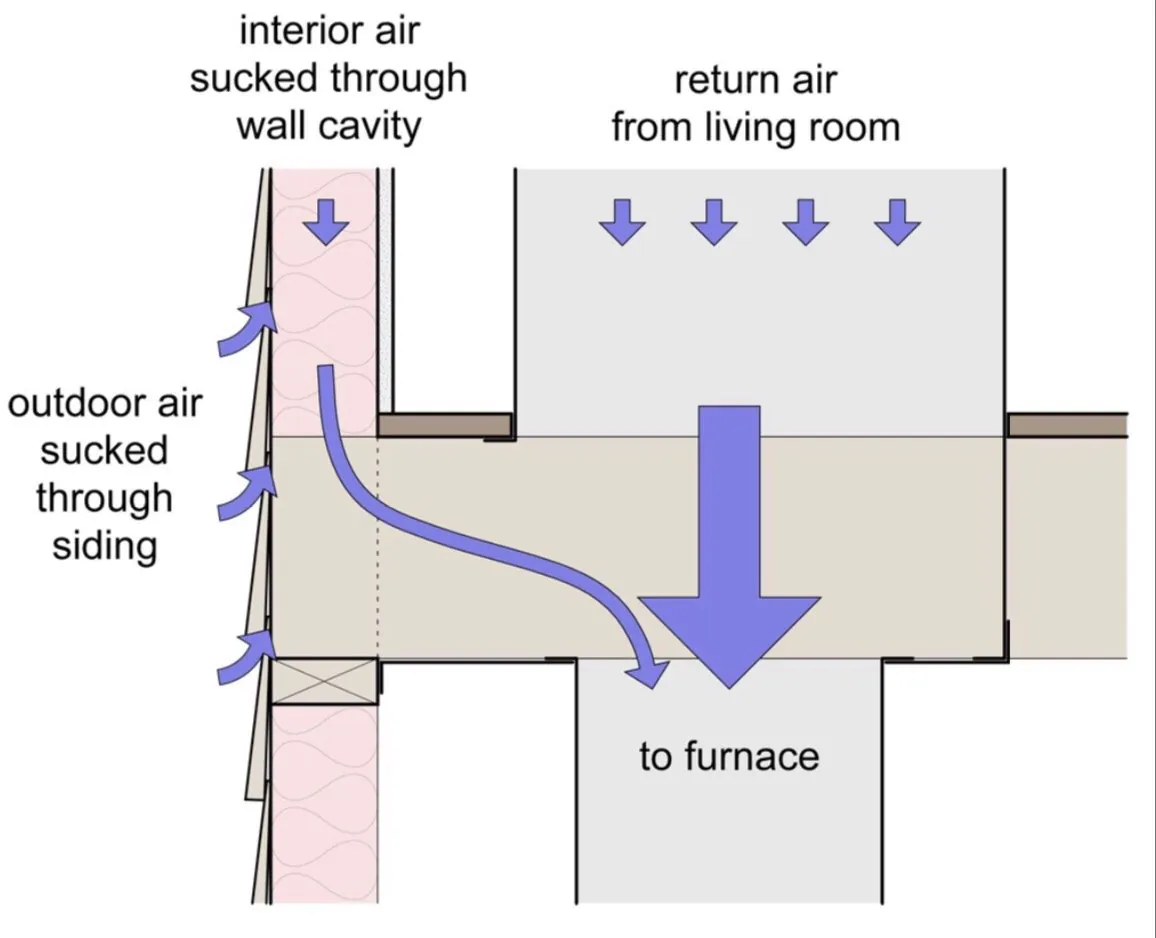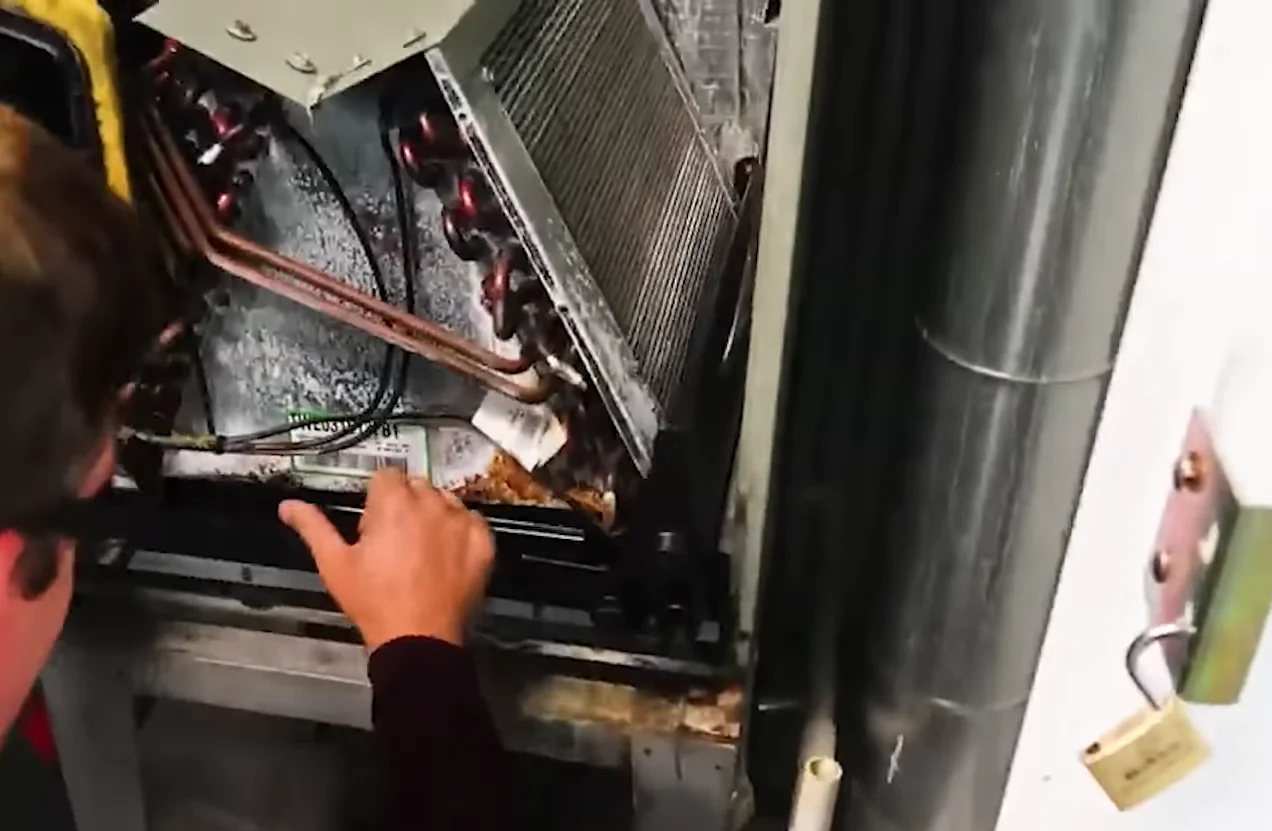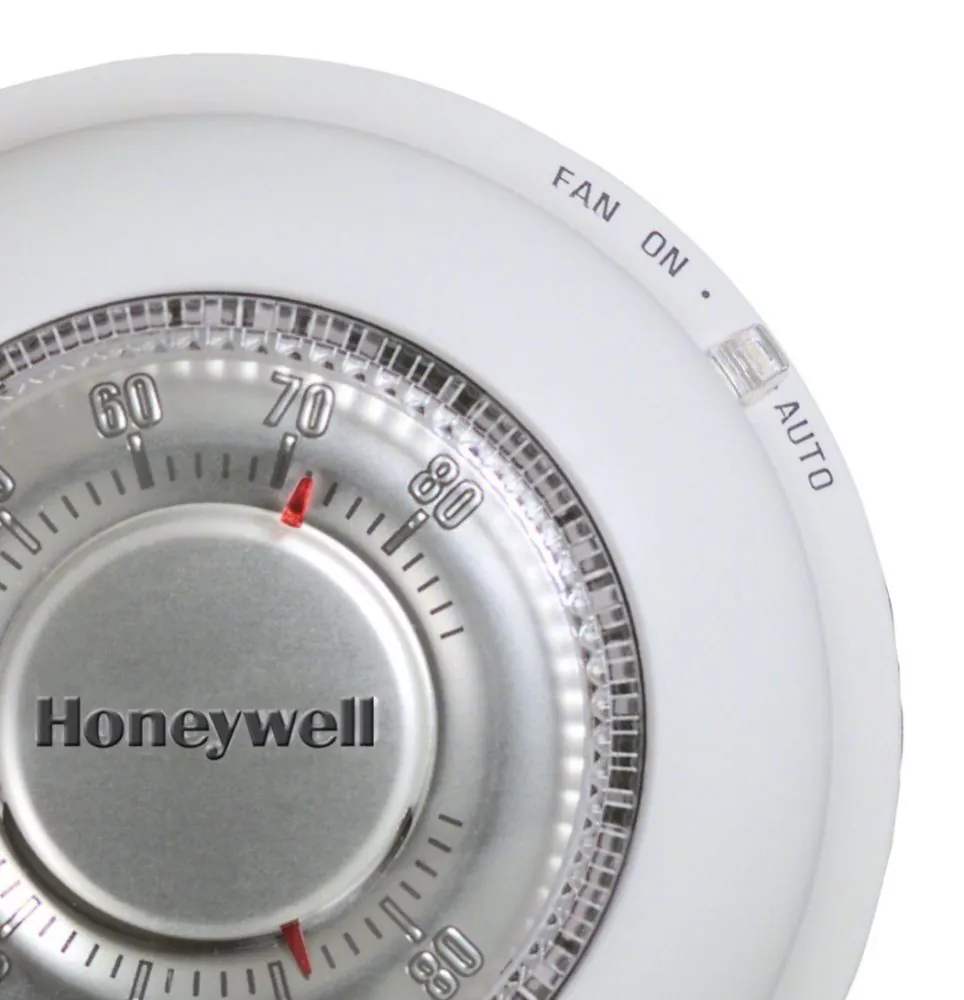You may have noticed that your thermostat has two fan options: ON and AUTO.
ON keeps the blower fan running at all times, whether your unit is actively heating or cooling or not. AUTO only runs the blower fan when your unit calls for heating or cooling.
You’ve probably heard that setting the fan to AUTO is the better option for saving money, but wouldn’t the ON setting be better for circulation? You would think that constant air circulation and filtration would be good, but the ON setting has quite a few drawbacks.
This article will cover the issues you may encounter if you leave your fan ON instead of setting it to AUTO.
Higher Electric Bills

This is probably the best-known reason why HVAC companies recommend setting the fan to AUTO. It’s also pretty straightforward.
Simply stated, the more electricity you use, the more you end up paying at the end of the month. Running a fan periodically will be a lot less costly than running it all the time. The difference becomes even starker when you have leaky ducts. (We’ll get back to the ducts later.)
Even if the ducts are sealed, it still costs money to run the fan. That is especially true if you have a PSC motor. A PSC motor only has one speed: full speed. So, running a PSC motor at full speed 24/7 can be costly.
If your system uses an ECM motor, then running a fan at all times won’t be as expensive because the speed can vary. However, that still doesn’t mean that running a fan with an ECM motor all the time is a good idea.
Drawing in Low-Quality Air

The ducts also come into play as an area of concern. You have two duct systems in your home: the supply duct that provides conditioned air and the return duct that brings the warm, humid, unconditioned air to the HVAC unit from your home. The diagram above shows a furnace where this is the case. However, any system with supply and return ducts will have this effect.
If the ducts are warmer than the air traveling through them, there will be heat transfer. Then, if there is any duct leakage, latent heat (moisture) will be added as well. Latent heat is heat that you cannot feel; adding latent heat to water helps it transform from a liquid to a vapor without affecting the temperature.
On top of that, the A/C system can cause the house to go under negative pressure. When this happens, latent heat will be added, as will sensible heat. Sensible heat is the heat you can feel as a temperature, unlike latent heat. A common cause of the pressure imbalance is when the duct system is in an attic or crawl space, and the return duct has fewer connections than the supply ducts.
Since the supply has more connections than the return, there is more of a potential to leak air. If the supply air leaks into the attic or crawl space, this can cause the living space to go under negative pressure. The leaked air must be replaced, so your home will draw in air from the attic, crawl space, or outdoors. Air from those areas is often low-quality and undesirable.
So, when you have leaky ducts and leave the fan on all the time, you’re likely sucking poor-quality air into your home.
Moisture on the Coil

When your A/C unit runs, it absorbs heat from inside your home. When that happens, condensation may form on the indoor coil of your system.
After a cooling call with the fan running, that condensate on the coil will evaporate back into the living space. Some thermostats combat this by having a fan “off” period at the end of a cooling call to let the coil drain. If you keep the fan ON, then you may not let the coil drain properly, leading to a more humid home. If that's important to you, then leaving the fan on AUTO is probably better for you.
Of course, AUTO isn’t perfect, either. Starting and stopping the fan motor more often will likely wear it out more quickly. You may also want to look into leaving the fan on if you have a very good filtration system and have severe allergies. Keeping the fan on will make sure your system filters the air in circulation more often. However, the differences in overall efficiency and air quality will make AUTO the better option for most people.
The goal is to get maximum comfort with minimum power usage and maximum system longevity. In many cases, leaving the fan in the ON position detracts from these goals. So, unless you have a specific reason to run the fan ON all the time, you’re probably best off leaving the fan on AUTO. If nothing else, AUTO will save you money.





